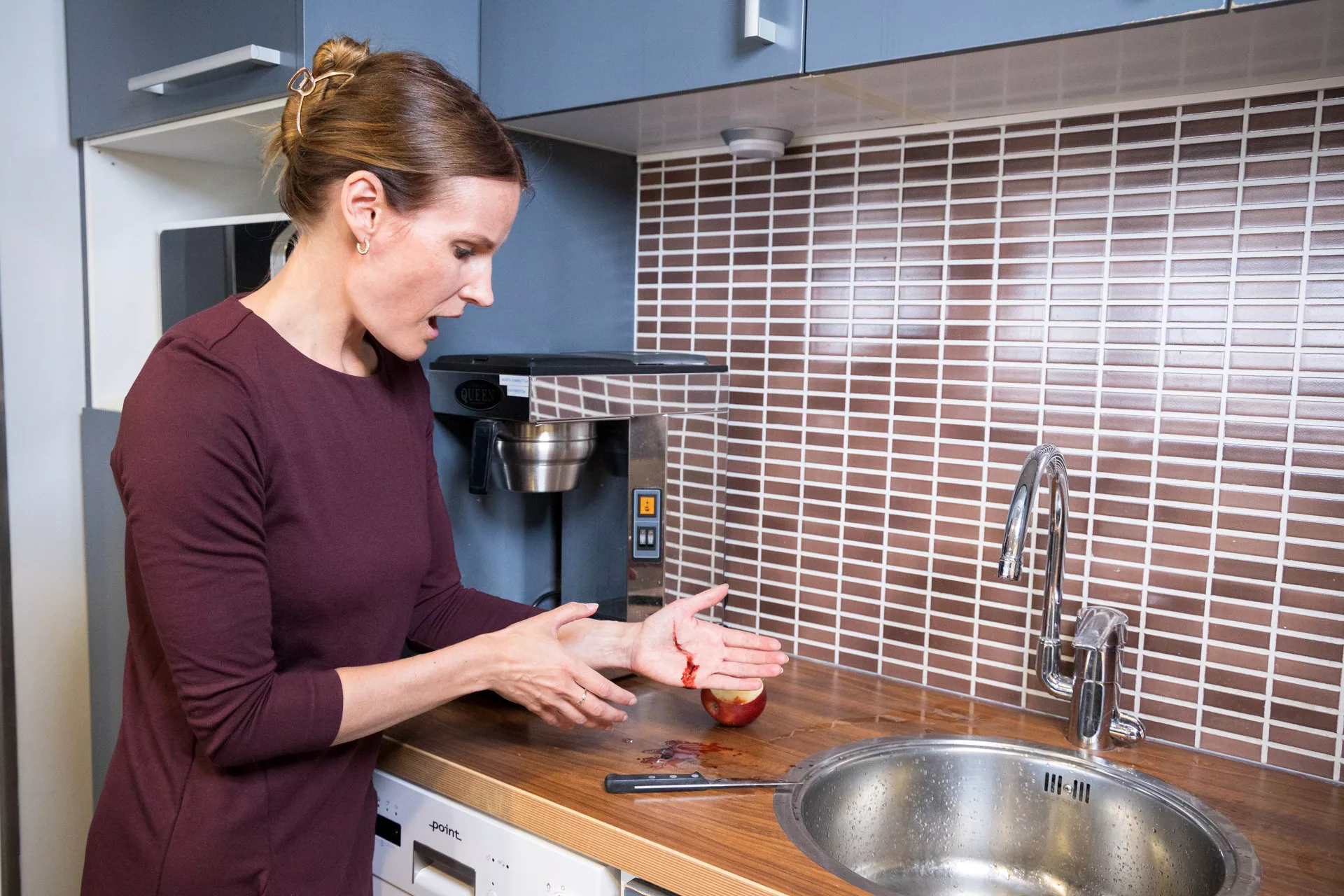How can you tell if a wound is serious?
Wounds, lacerations and injuries that are clearly visible and/or bleed profusely can be a medical emergency.
Diligent wound care helps the skin to heal, prevents infections and reduces scarring.

How can you tell if a wound is serious?
Wounds, lacerations and injuries that are clearly visible and/or bleed profusely can be a medical emergency.
Knowing how to control bleeding from wounds and lacerations is a fundamental first aid skill. Small, superficial cuts can usually be treated at home, whereas wounds that are gaping and deep or that have jagged edges generally require professional medical care.
Careful cleaning and dressing of the wound is important to prevent bacteria from getting into the body through the broken skin and causing an infection.
What to do with a wound:
If the wound is bleeding heavily, use a pressure dressing.
Carefully remove any loose debris (such as sand or glass) from the wound without touching the wound itself.
If the wound is gaping or deep or has jagged edges, if you cannot stop the bleeding or if the wound becomes infected, seek medical attention. Bite wounds always require immediate medical attention.